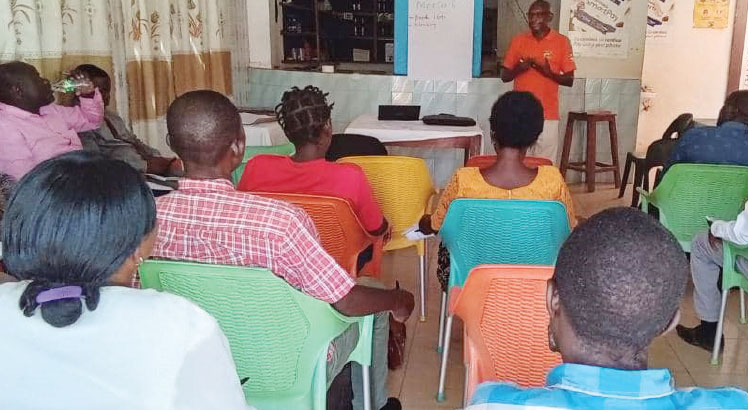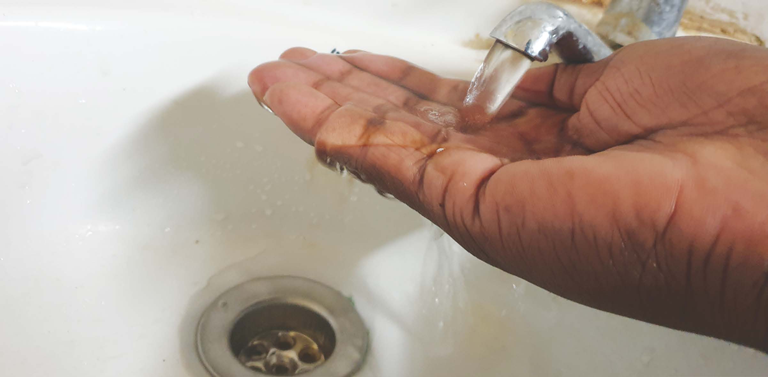Communities empowered to fight child marriages
Foundation for Community Support Services executive director Kossam Munthali has urged community leaders in Karonga District to play a leading role in eliminating harmful social norms that fuel child marriages.
He said this on Saturday during the orientation of traditional leaders, head teachers, primary education advisers and child protection workers on child protection.
Munthali said the training equipped the participants with correct information and leadership skills on how best to protect girls from early marriages and unplanned pregnancies.
He said: “Child Not a Bride Project’s pillars are centred on community structures. Therefore, engaging local structures will help us to address social norms that fuel early marriages and child pregnancies.

“The local leaders are influential because they are the ones who make decisions in schools and their communities. So, they can deal with cultural beliefs and help disseminate messages on sexual and reproductive health issues.”
Malema II village child protection worker Christina Kasunga said the orientation empowered local structures to protect children.
“We will sensitise parents who marry off their children to the dangers of early marriages,” she said.
On his part, Nkhando Zone primary education adviser Walikonadi Hauli commended the non-governmental organisation for the orientation.
He said fighting deep-rooted social norms requires concerted efforts if girls are to pursue their education dreams.
“As key stakeholders, we have a role to abolish harmful cultural beliefs that prevent girls from completing their education,” he said.
With funding from Telethon State Broadcast through Plan Malawi International, Foundation for Community Support Services is implementing Child Not a Bride Project in traditional authorities Kyungu and Mwirang’ombe in the district.
The project seeks to end early and forced marriages, prevent teenage pregnancies and increase girls’ retention in schools.





